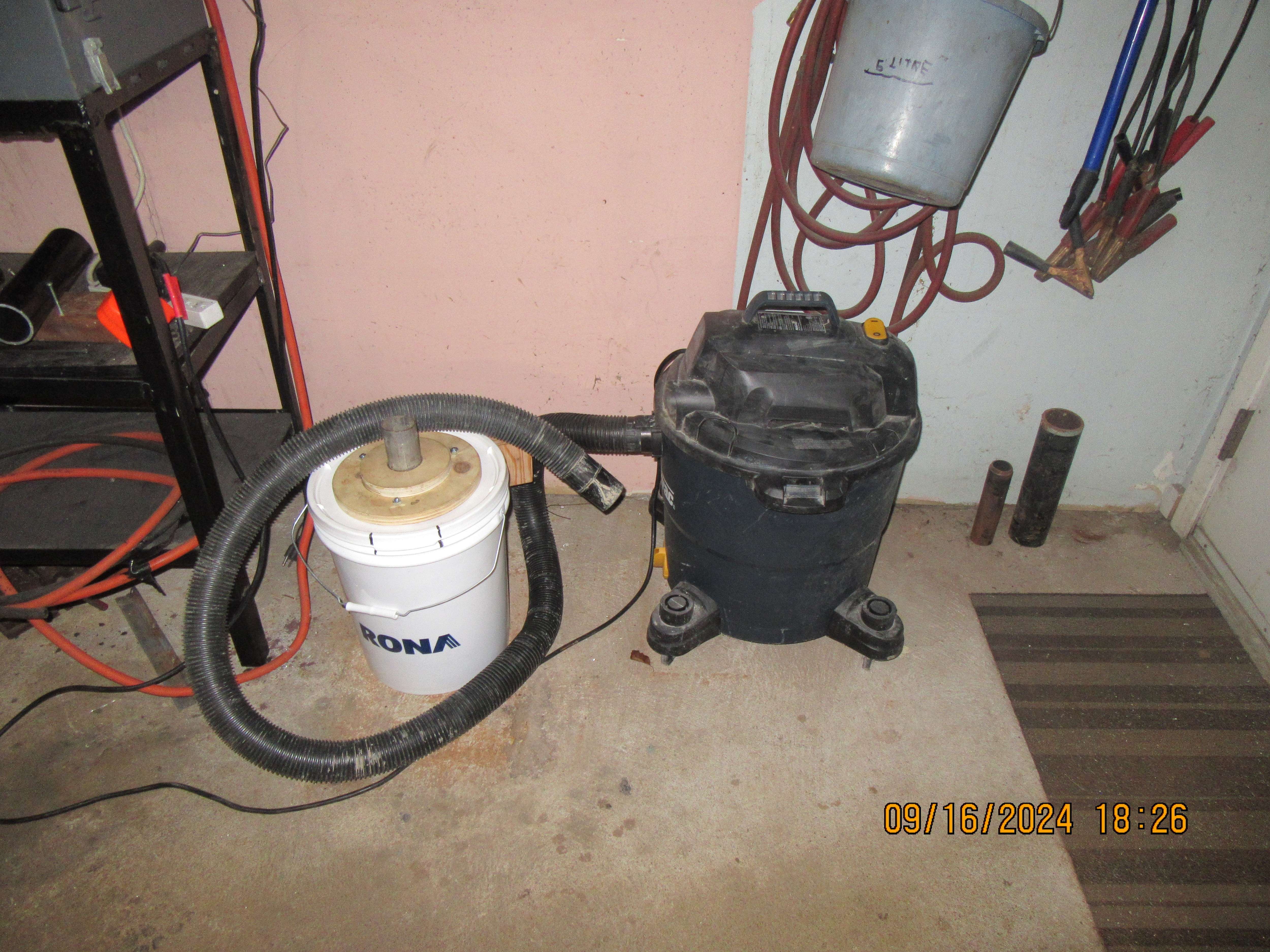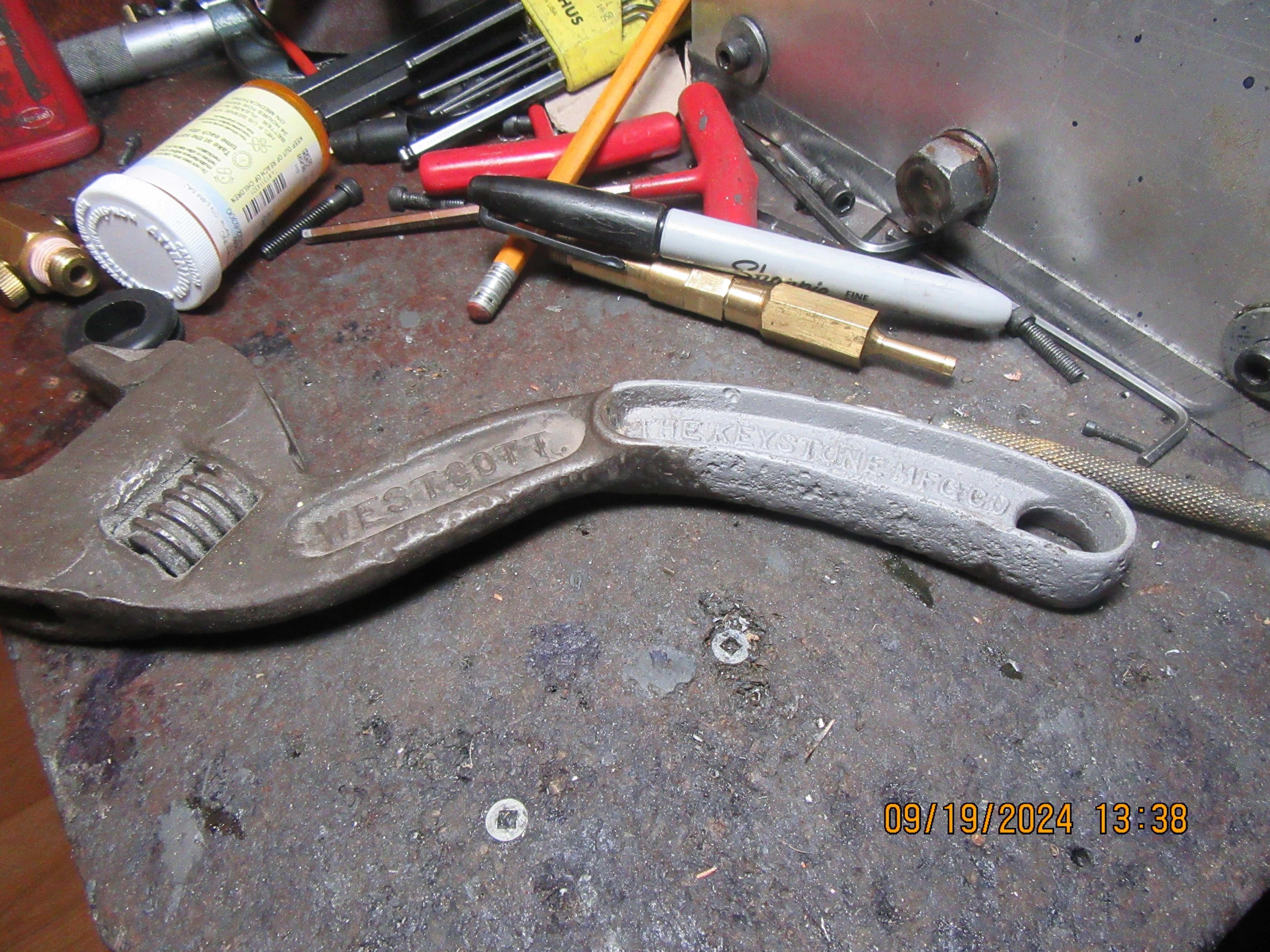Yesterday I picked up this wet/dry vacuum for $20 from the local buy and sell magazine. It works good. If it has too much suction I can trade it for a smaller vacuum that I use for cleaning up my lathe and mill. This is the kind of thing that I have to "try it and see" how it works. Everything in this chain of "sandblaster-cyclone dust collector-vacuum" has now been sourced, and all I have to figure out is the vacuum hoses. It would be easier to plumb it all with rigid plastic pipe and fittings, but it has to be flexible hose so that I can empty the 5 gallon dust collector can when I have to.

































![MeshMagic 3D Free 3D Modeling Software [Download]](https://m.media-amazon.com/images/I/B1U+p8ewjGS._SL500_.png)
















![DreamPlan Home Design and Landscaping Software Free for Windows [PC Download]](https://m.media-amazon.com/images/I/51kvZH2dVLL._SL500_.jpg)















